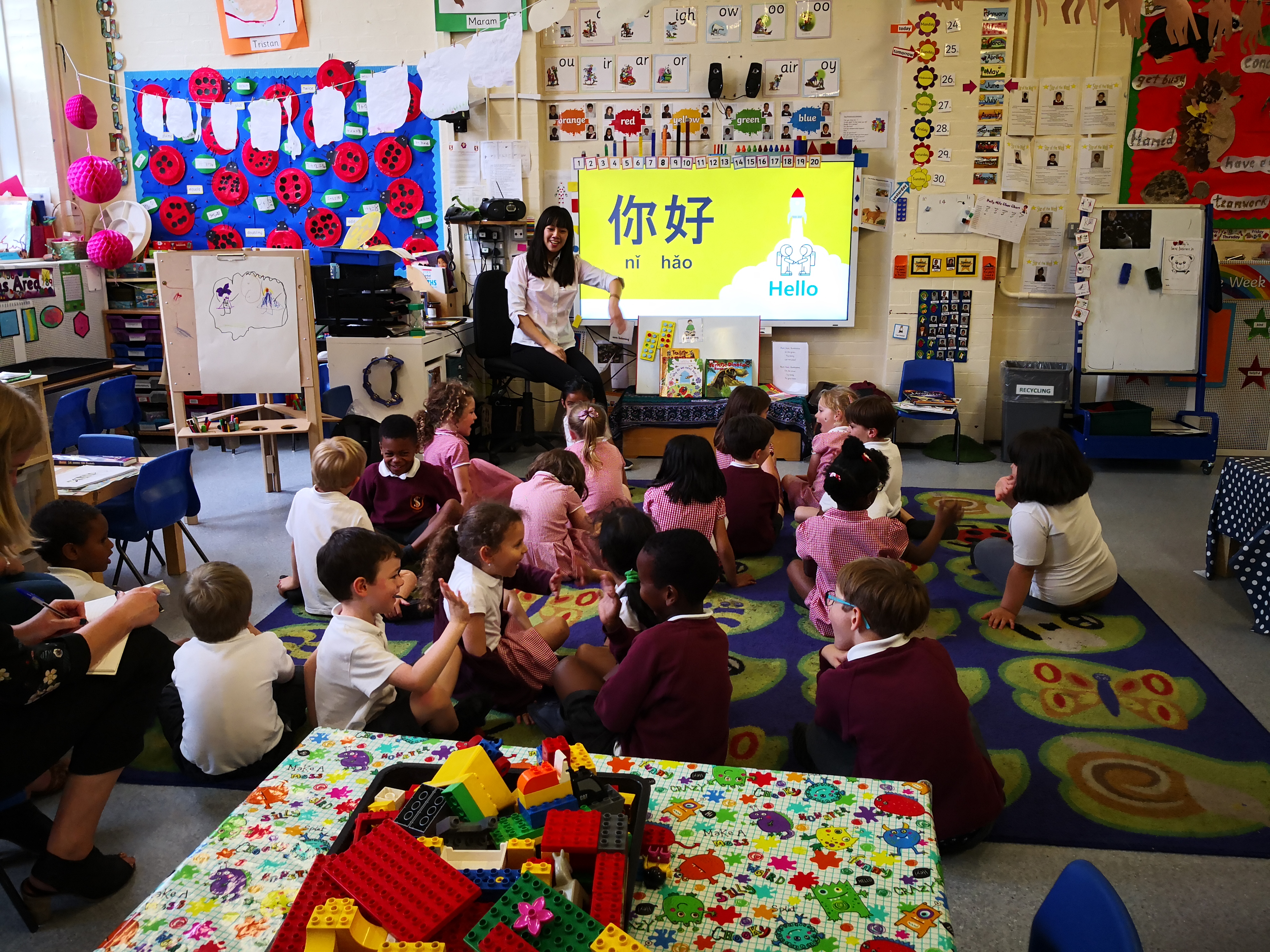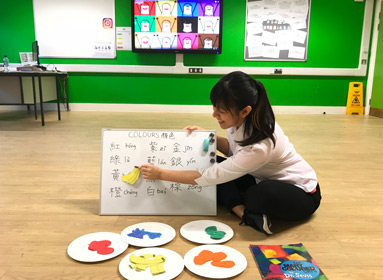
教育哲學Teaching philosophy
1.系統化課程設計
以幼兒的生活經驗為出發點,設計系統化的課程,循序漸進,由淺入深,培養幼兒學習華語的興趣。
2.情境式故事
以情境式的故事引導出課程內容,讓幼兒沈浸在故事的渲染力,以及角色互動與對話之中。
3.兒歌童謠教學
透過活潑有趣的兒歌童謠,配合教學主題,增強幼兒的學習動機與參與度。
4.讀寫萌發
透過漢字繪畫,訓練幼兒精細動作的發展。了解漢字的演化與故事,培養幼兒認識漢字的能力。
5.美感教學
利用每課綜合活動,去引導幼兒進行相關的美感製作活動,培養幼兒的美感以及身體動作與健康的領域。
6.律動與體能教學
透過肢體動態的律動,讓幼兒從歌曲中快樂學習華語,並培養幼兒身體動作的協調與發展。
1.Structured curriculum/ Systematic course design
Design curriculums based on the children’s growing environment and their life experience, to nurture their interest in Chinese language.
2.Situational/ experiential/ Immersive storytelling
Create an immersive experience for the children, inviting them into the journey of learning through role-playing and conversation with the individual characters.
3.Rhymes and Songs
Enhancing the children’s motivation, interest and participation in the lesson by introducing ear-catching songs, suited to the theme of the class.
4.Emergent literacy(Reading and writing)
Reading: As a child builds an appreciation of Chinese characters, the curriculum introduces how the Chinese characters developed from their original images to words.
Writing: and through writing these characters, the children can enhance their fine actions and intricate muscle moments. With activities, such as drawing Chinese characters by crayon or tearing paper to make collages of them.
5.Aesthetic education
Nurturing their appreciation of the beauty of the environment around them, and re-creating them through arts and crafts.
6.Physical activities
Through the rhythmic body movements, the children are placed in a happy environment and mood to learn Chinese language. This will also enhance their body coordination, limbic function and physical development.


